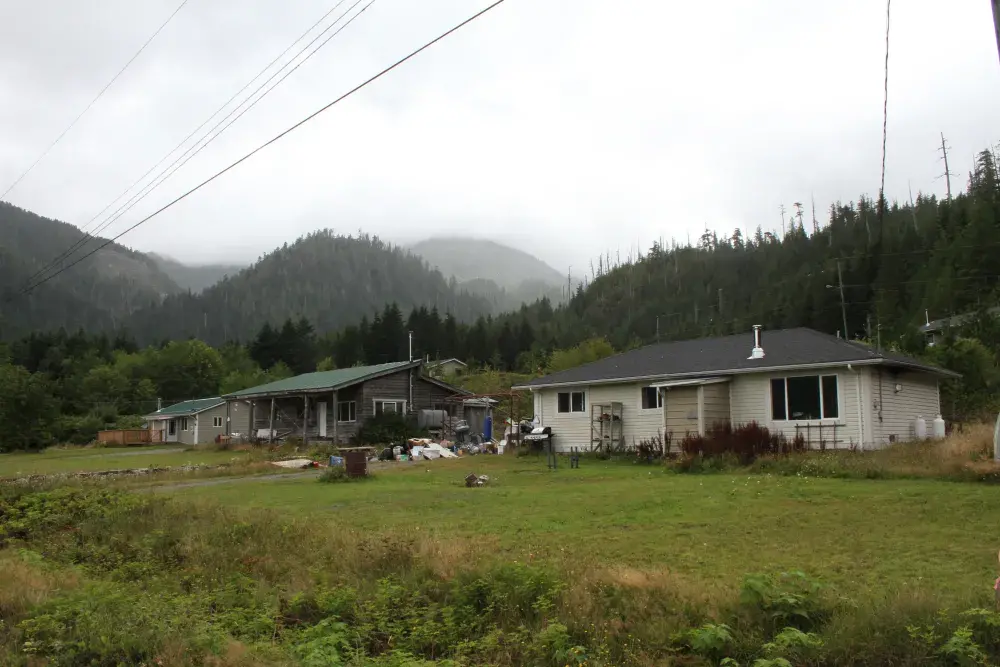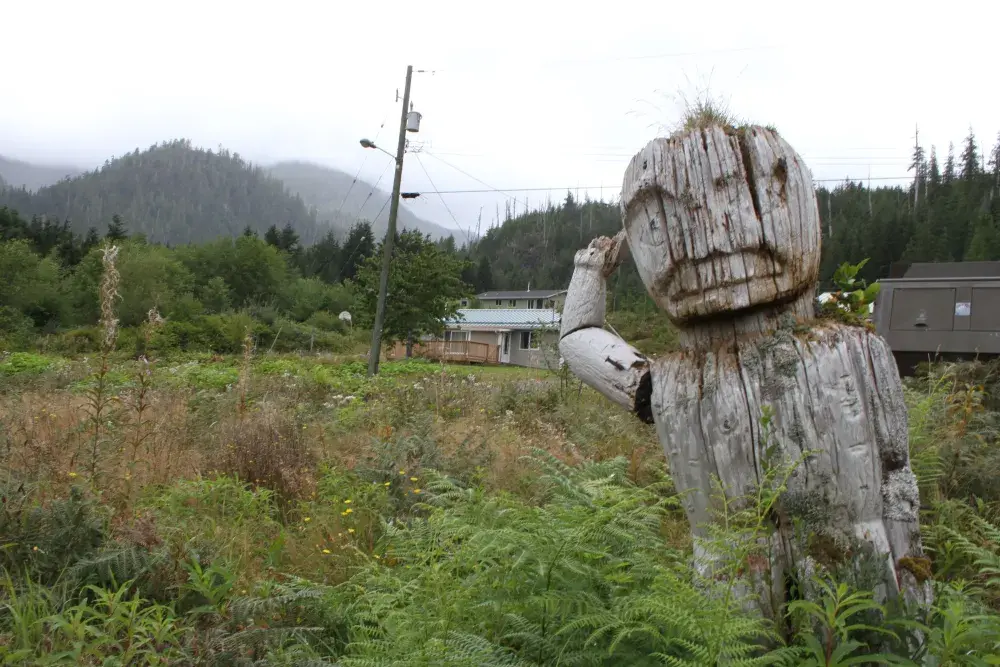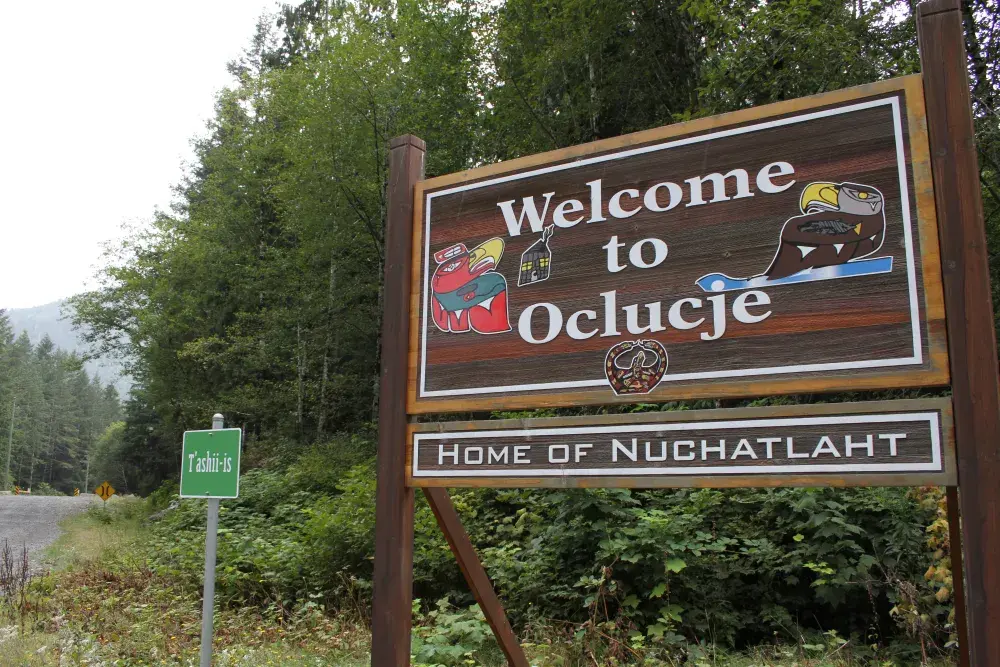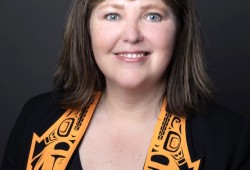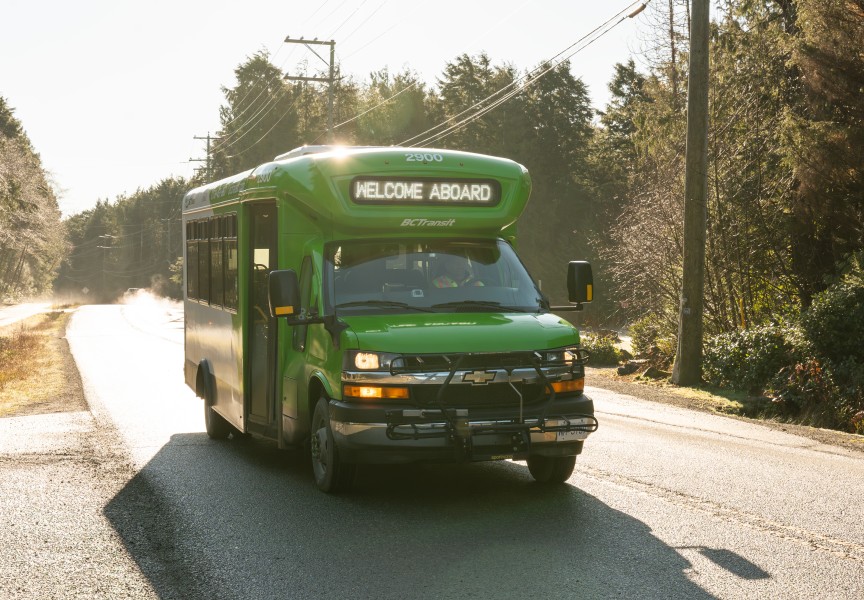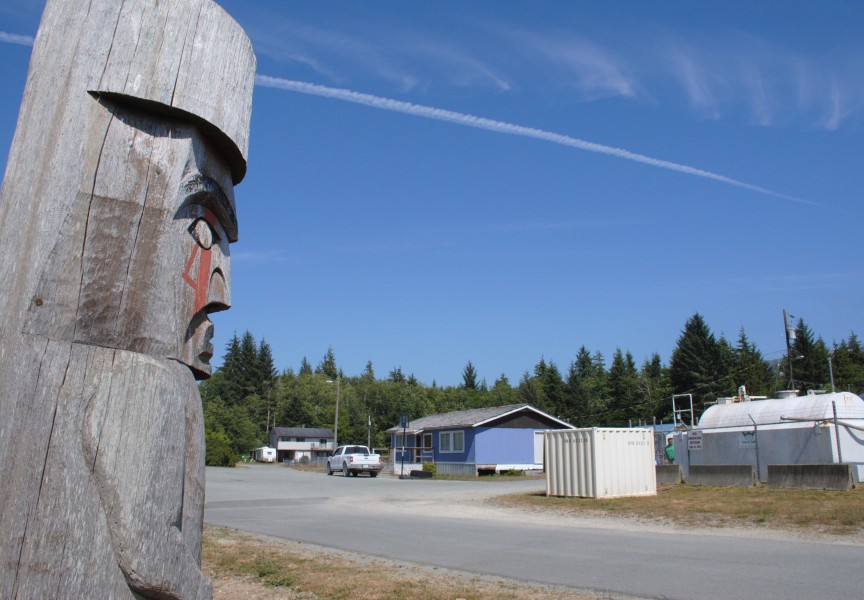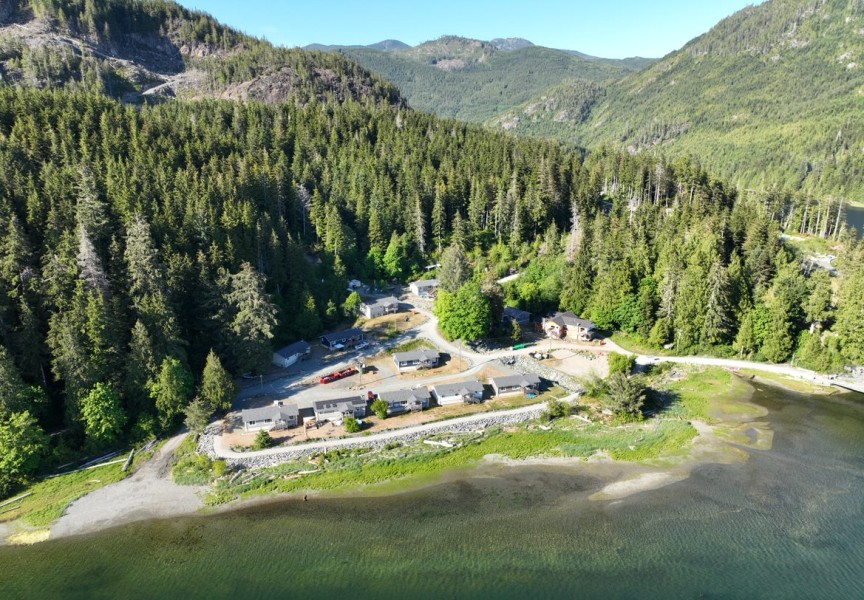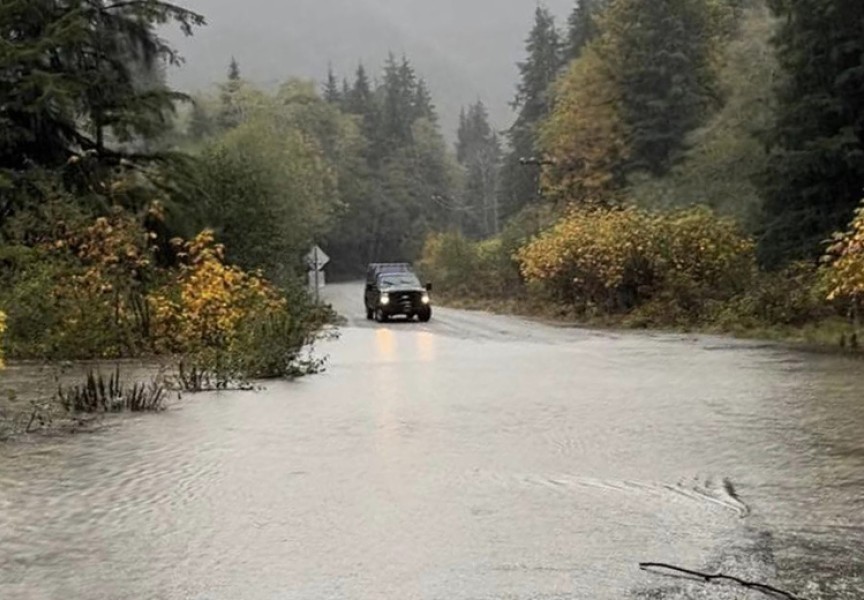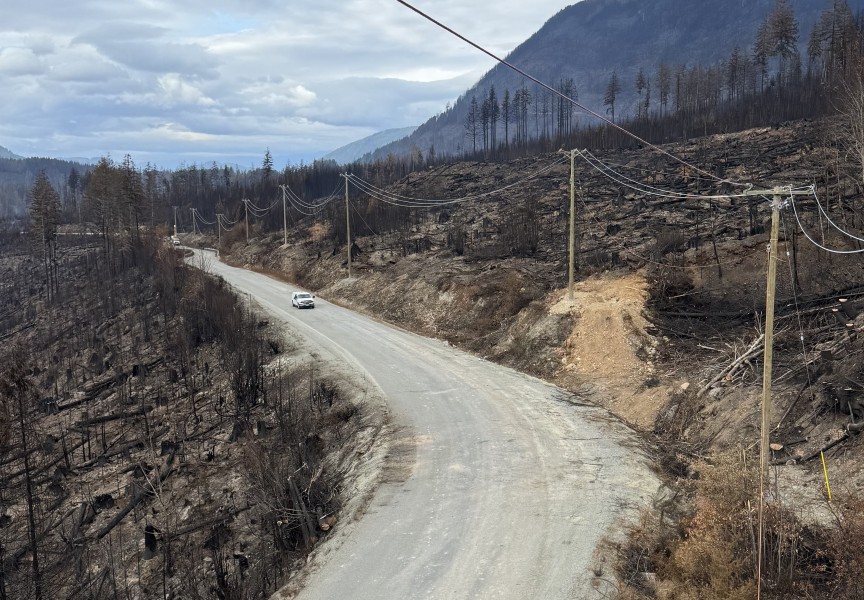More than 750 rural households on Vancouver Island and surrounding coastal communities will soon gain access to high-speed internet, thanks to federal and provincial investments.
The Ministry of Citizens’ Services announced that 11 rural communities will receive last-mile fibre and transport infrastructure.
The project includes services for 123 households in the rural areas of Texada Island, 129 households on Piers Island, and 500 families in Jordan River, as well as the Pacheedaht First Nation communities of Gordon River 2 and Pacheena 1.
Other areas set to benefit include the Oona River on the northern coast; Echo Bay, Health Bay, and Gwayasdums 1 of the Kwikwasut'inuxw Haxwa'mis First Nation on Gilford Island along the central coast; Firvale in the Bella Coola Valley; and Oclucje of the Nuchatlaht First Nation on Vancouver Island
“This investment is an important step forward in closing the connectivity gap for Oona River and similar remote communities. Reliable internet opens doors to education, health care and economic participation, but it's only part of the solution,” said Karl Bergman, director in Electoral Area C of the North Coast Regional District. “We're deeply grateful for this support, and we continue to advocate for reliable transportation infrastructure that ensures our communities are fully connected, both digitally and physically."
Additionally, the Government of Canada plans to invest $7 million in three projects focused on providing high-speed internet and cellular connectivity to 727 households in the Spallumcheen (Splatsin First Nation) and Hullcar communities.
“By connecting rural and First Nations communities to high-speed internet, we also help the voices, ideas and passions of the people of the north Island, and north and central B.C. coast succeed in helping build a more prosperous and resilient B.C. that stands on its own two feet," said Spencer Chandra Herbert, minister of Indigenous Relations and Reconciliation.
“Expanding connectivity means greater access to jobs, education and government services that people rely on,” said Tamara Davidson, MLA for North Coast-Haida Gwaii. “With improved access to high-speed internet, people can remain rooted in their home communities, while still accessing the services they need.”
Improved connectivity will assist emergency alerts, virtual health consultations, distance learning, online business operations, and remote work. Visitors to Port Renfrew and the Juan de Fuca region will also benefit, as tourism remains a major economic driver in many communities.
The urgency of reliable service was reinforced last year, when a young man in the Ditidaht community at Nitinaht Lake was shot to death. Emergency responders were unable to coordinate a timely rescue due to limited internet and almost no cellular service, according to a statement from the Ditidaht First Nation.
“This incident underscores the urgent need for reliable, high-speed internet and cellular connectivity in our community,” said Chief Councillor Judi Thomas in a news article. “The safety, health, and well-being of our members and visitors are being compromised due to outdated and unstable digital infrastructure.”
Chief Thomas said the Ditidaht First Nation is prepared to adopt cloud-based accounting and payroll systems to support its growing business and tourism sector. Still, unreliable internet continues to hold back the community’s progress.
“With current internet speeds and no cellular service, critical operations are at risk of failure, further impeding the First Nation’s ability to manage essential services effectively,” said Thomas.
The federal government remains on track to reach its goal of providing high-speed internet access to 98 per cent of Canadian households by 2026. They expect to offer this service to 100 per cent of Canadian households by 2030.
The government aims to help create new opportunities for rural and remote communities while ensuring that all Canadians, regardless of their location, have access to high-speed internet and reliable mobile connectivity. The purpose of these reliable connections are to encourage people to participate in the digital economy and benefit from Canada’s online services, according to the federal government.
Since 2017, the province has invested $584 million to expand connectivity across British Columbia. As of January 2025, the federal government estimated that 74 per cent of rural homes and 83 per cent of First Nations homes on reserves had access to high-speed internet.
Funding for the latest projects includes over $1 million from the province through the Connecting Communities BC program, $1.25 million from the federal Universal Broadband Fund, over $1 million from CityWest, and $224,000 from the First Nations Health Authority for central coast communities, including Health Bay, Echo Bay, and Tsatsisnukwomi Village on Harbledown Island.
“Access to high-speed internet is about more than just getting online - it's about being able to study, see a doctor virtually, run a business or connect with loved ones,” said Buckley Belanger, federal Secretary of State in the Rural Department. “These projects are going to make a real difference for people in rural communities, and that's why our government is committed to making sure every household in Canada, no matter where it's located, has the reliable connection it needs."

